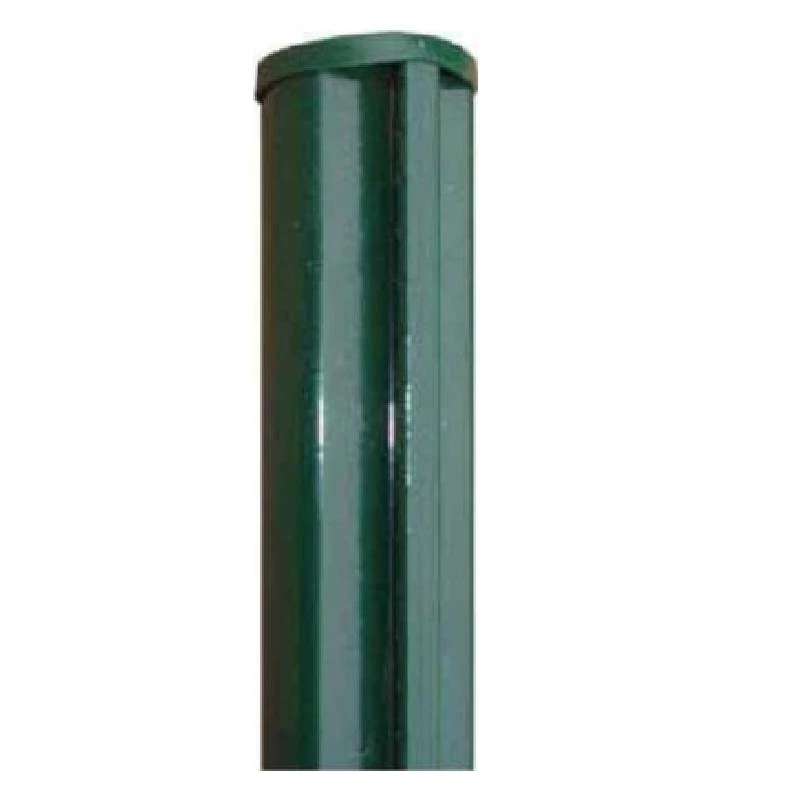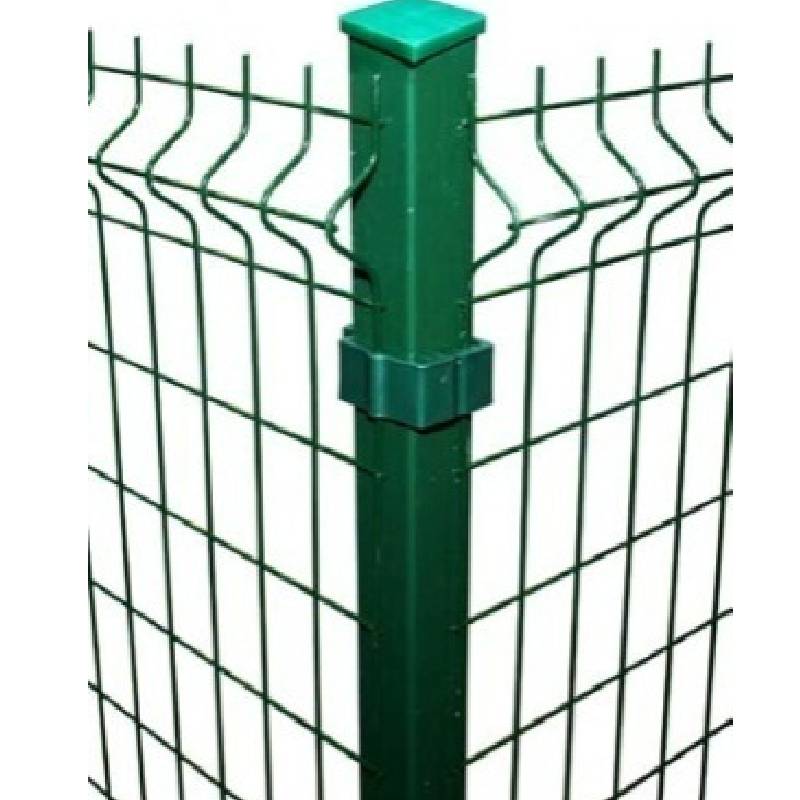-
Correu electrònic:zhao@hyliec.cn
-
Tel:+86 311 85273988
-
Què tal:8613931128750
-
 africana
africana -
 albanès
albanès -
 amàric
amàric -
 àrab
àrab -
 armeni
armeni -
 azerbaidjana
azerbaidjana -
 basc
basc -
 Bielorús
Bielorús -
 bengalí
bengalí -
 bosnià
bosnià -
 búlgar
búlgar -
 català
català -
 Cebuà
Cebuà -
 Cors
Cors -
 croat
croat -
 txec
txec -
 danès
danès -
 holandès
holandès -
 Anglès
Anglès -
 esperanto
esperanto -
 estonià
estonià -
 finès
finès -
 francès
francès -
 frisó
frisó -
 gallec
gallec -
 georgiana
georgiana -
 alemany
alemany -
 grec
grec -
 Gujarati
Gujarati -
 crioll haitiano
crioll haitiano -
 hausa
hausa -
 hawaià
hawaià -
 hebreu
hebreu -
 No
No -
 Miao
Miao -
 hongarès
hongarès -
 islandès
islandès -
 igbo
igbo -
 indonesi
indonesi -
 irlandesa
irlandesa -
 italià
italià -
 japonès
japonès -
 javanès
javanès -
 Kannada
Kannada -
 kazakh
kazakh -
 Khmer
Khmer -
 Ruandès
Ruandès -
 coreà
coreà -
 kurd
kurd -
 kirguis
kirguis -
 TB
TB -
 llatí
llatí -
 letó
letó -
 lituà
lituà -
 luxemburguesa
luxemburguesa -
 macedoni
macedoni -
 Malgashi
Malgashi -
 Malai
Malai -
 malayalam
malayalam -
 maltès
maltès -
 Maori
Maori -
 Marathi
Marathi -
 mongol
mongol -
 Myanmar
Myanmar -
 nepalí
nepalí -
 noruec
noruec -
 noruec
noruec -
 occità
occità -
 Pashto
Pashto -
 persa
persa -
 polonès
polonès -
 portuguès
portuguès -
 panjabi
panjabi -
 romanès
romanès -
 rus
rus -
 samoà
samoà -
 Gaèlic escocès
Gaèlic escocès -
 serbi
serbi -
 Anglès
Anglès -
 Shona
Shona -
 Sindhi
Sindhi -
 Sinhala
Sinhala -
 eslovac
eslovac -
 eslovè
eslovè -
 Somali
Somali -
 espanyol
espanyol -
 Sundanès
Sundanès -
 suahili
suahili -
 suec
suec -
 Tagalog
Tagalog -
 Tadjik
Tadjik -
 Tamil
Tamil -
 Tàrtar
Tàrtar -
 Telugu
Telugu -
 tailandès
tailandès -
 turc
turc -
 turcomà
turcomà -
 Ucraïnès
Ucraïnès -
 Urdú
Urdú -
 uigur
uigur -
 Uzbek
Uzbek -
 vietnamita
vietnamita -
 gal·lès
gal·lès -
 Ajuda
Ajuda -
 Yiddish
Yiddish -
 ioruba
ioruba -
 Zulu
Zulu
Pal d'esgrima
What Type Of Fence Post Is Best?
The best type of fence post depends on various factors such as the type of fence, local climate, soil conditions, and personal preferences. Common options for fence posts include:
1. Round steel posts: Round steel posts are a traditional and versatile choice, suitable for various fence types. They can be treated to resist rot and decay, but may require maintenance over time.
2. Square steel posts and rabbet posts offer durability and strength, making them suitable for supporting heavy or high-security fences. They are resistant to rot and insect damage.
3. Steel round posts/ square posts/ rabbet with base plate: They are suitable to install on the concrete ground, and fixed by concrete nails.
What Size Is A Fence Post?
Fence posts come in various sizes, typically having Φ32 Φ34 Φ38 Φ48 Φ60 Φ80 for round steel posts and 40x40 60x60 40x60 60x60 80x80 100x100 etc for square tube posts in dimension. The specific size of a fence post depends on the type of fence being installed, the height and weight of the fence panels, and the local building codes or regulations. It's important to select the appropriate size of fence post to ensure stability and structural integrity for the specific fencing project. Consulting with a professional or referring to local building codes can provide guidance on the recommended size of fence posts for a particular application.
Fence Post FAQ:
What type of fence post is best?
The best type of fence post depends on various factors such as the type of fence, local climate, soil conditions, and personal preferences. Common options for fence posts include round steel posts, square steel posts and rabbet steel posts, posts with base plate or without base plate. Each type has its own advantages and considerations, so it's important to choose the most suitable option based on the specific requirements of the fence project.
What size is a fence post?
Fence posts come in various sizes, typically typically having Φ32 Φ34 Φ38 Φ48 Φ60 Φ80 for round steel posts and 40x40 60x60 40x60 60x60 80x80 100x100 etc for square tube posts in dimension. The specific size of a fence post depends on the type of fence being installed, the height and weight of the fence panels, and local building codes or regulations. It's important to select the appropriate size of fence post to ensure stability and structural integrity for the specific fencing project.
How to install a panel fence?
Paneling a fence involves several steps, including measuring and planning, installing the posts, attaching the panels, adding finishing touches, and performing regular maintenance. It's important to follow the manufacturer's instructions and local building codes when paneling a fence to ensure proper installation and compliance with regulations. If in doubt, it's advisable to consult with a professional or seek guidance from experienced individuals.






